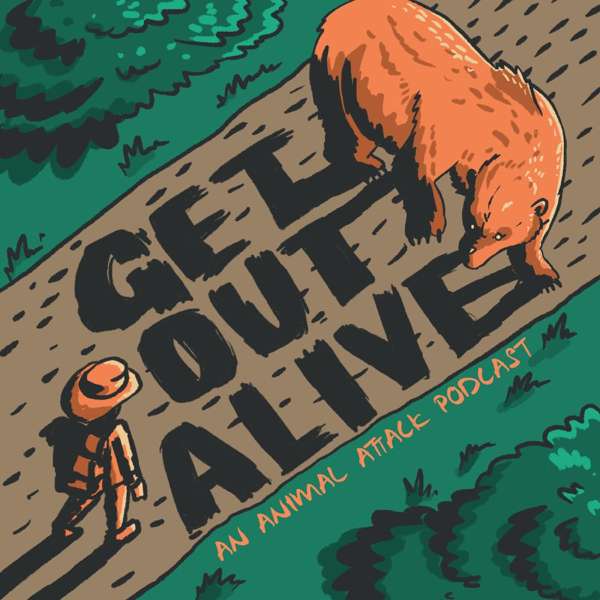This was recorded on a calm early spring morning in Murrelet State Wilderness, Prairie Creek Redwoods State Park, Humboldt County, California. The nearby tributary stream of Squashan Creek flowed swiftly in the gully below as birds sang in the early light of dawn. First to sing on this morning was the Varied Thrush, followed by the complex, rapid song of the Pacific Wren. This part of the forest wasn't far from the ocean, and its hushed roar can be faintly heard in the distance.
I made this recording tree ears style on a Coast Redwood standing beside the Fischer Grove Trail. Though it wasn't an exceptionally enormous tree by Redwood standards, it was still very large tree of 7 or 8 feet in diameter. Spacing the microphones that far apart, with such a big tree between them, doesn't make for an "accurate" stereo recording, but making a recording that accurately reproduced what a person would hear wasn't my intention. I just thought it would an interesting experiment and fun to imagine what a Redwood tree might hear(if it had two human ears, one on either side of its trunk about four feet off the ground), and I was just plain curious about how setting the mics up like this would sound. I was initially reluctant to share this recording, but I figured what the heck, maybe you'd be interested to hear it, too.
Aside from it being experimental, another reason I was reluctant to share this recording is due to the fact that there is a bit of faint noise pollution. It wasn't the usual air traffic, and this spot is far from any highway, so I'm guessing it was the distant sound of heavy equipment working on the ongoing Redwoods Rising forest restoration project. I was definitely a little bummed out to hear it on this recording, but I don't think it takes too much away from the otherwise beautiful soundscape. If you'd like you can learn more about the forest restoration project here- Redwoods Rising - Save the Redwoods League
Interesting fact- On September 5, 1980, Redwood State and National Parks was designated a World Heritage Site and International Biosphere Reserve by the United Nations.
Do you like the podcast and want to help it get made? You can do just that by making a contribution! Just click one of the following links or the link at the end of this podcast description-
https://soundbynaturepodcast.com/donations/
https://www.patreon.com/soundbynaturepodcast
If you can't help by making a monetary contribution, that's okay! You can also help by rating and reviewing the show on your favorite podcast platform, or by telling friends about it.
I am truly grateful to those of you that support the show monthly through Spotify for Podcasters and Patreon. Your contributions go directly into making these recordings and I deeply appreciate your help. Thank you!!!
Thanks to everybody that has rated the show, and especially those of you that have written a review on Apple Podcasts. Your kind words mean a lot!
If you'd like to see pictures of the area this was recorded, check out the Instagram or Facebook page for the podcast. Find them by searching @soundbynaturepodcast. You can also see pictures on the podcast website, Sound By Nature Podcast. Just look for the post for this episode. And while you're there, please consider making a donation!
If you have questions or comments, please email me at soundbynaturepodcast@gmail.com
I really hope you enjoy this recording. Please do something today that helps protect the natural world for future generations. Thank you very much for listening. Stay healthy, stay safe, stay sound.

 Our TOPPODCAST Picks
Our TOPPODCAST Picks  Stay Connected
Stay Connected







